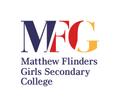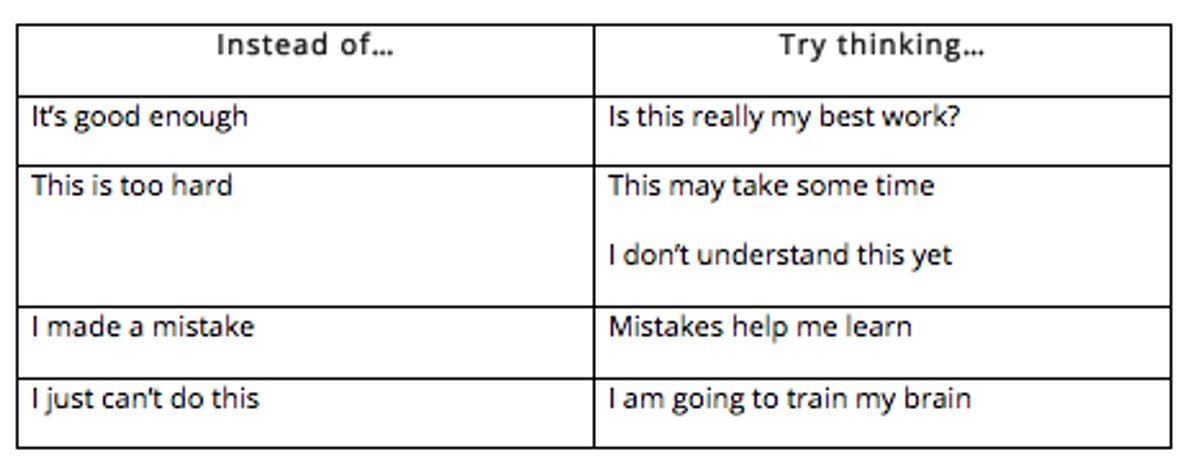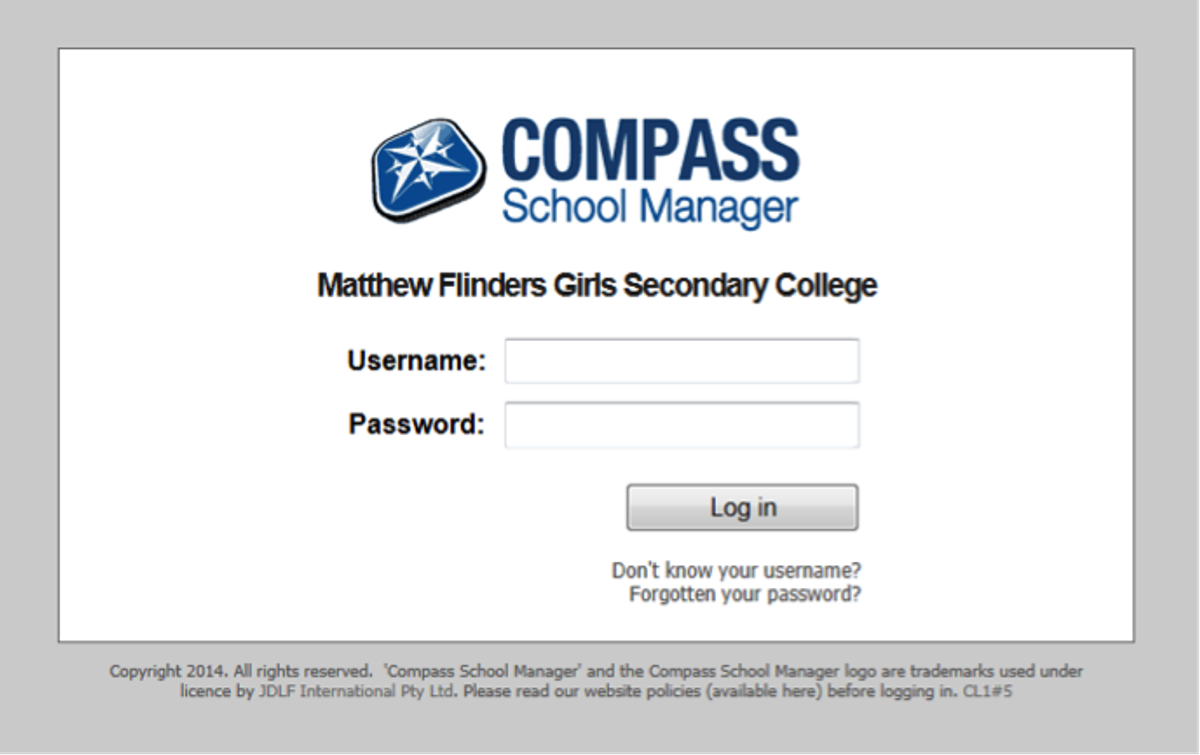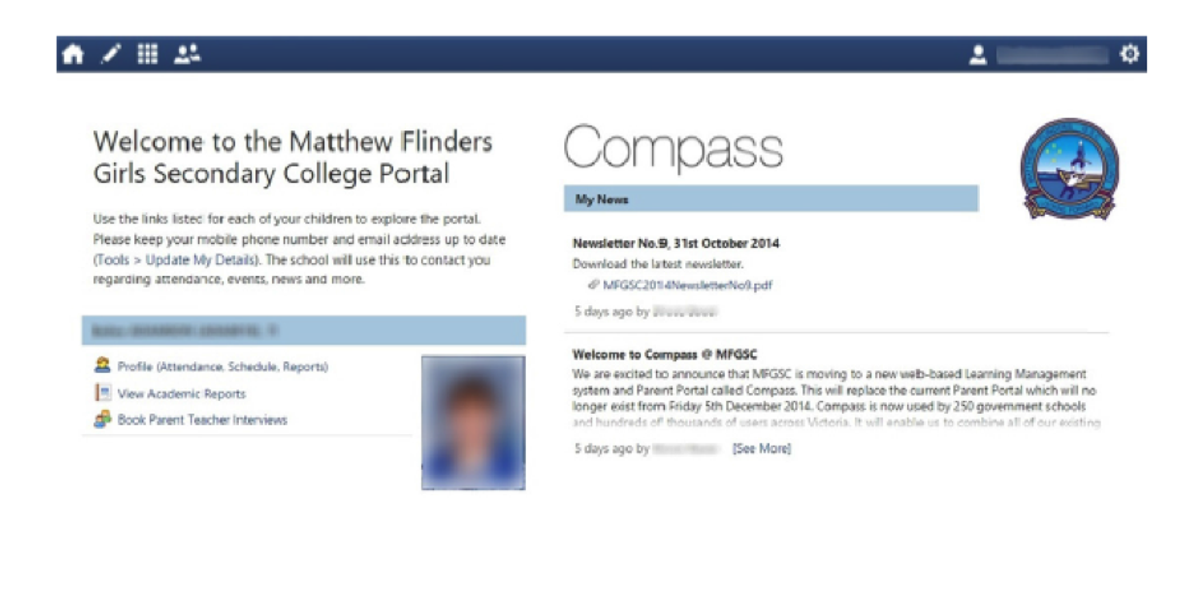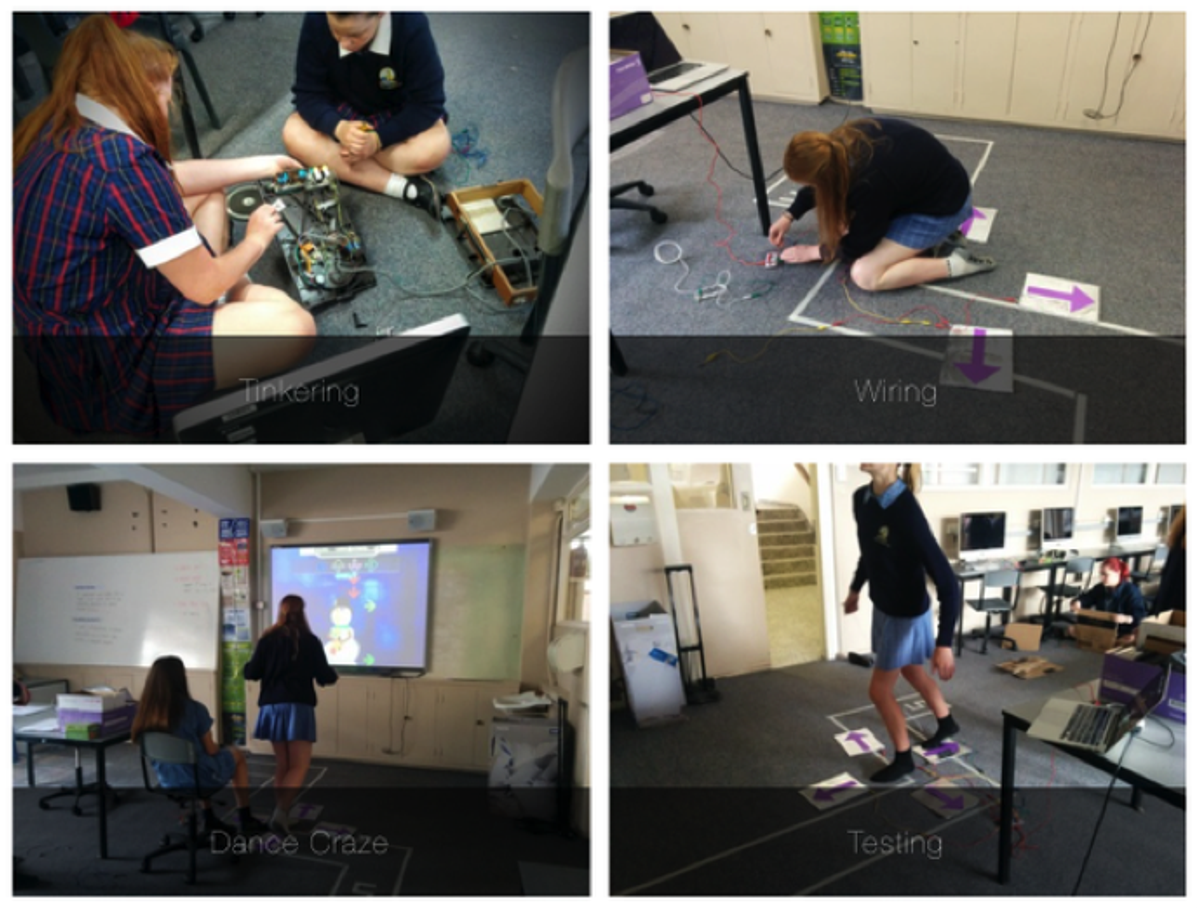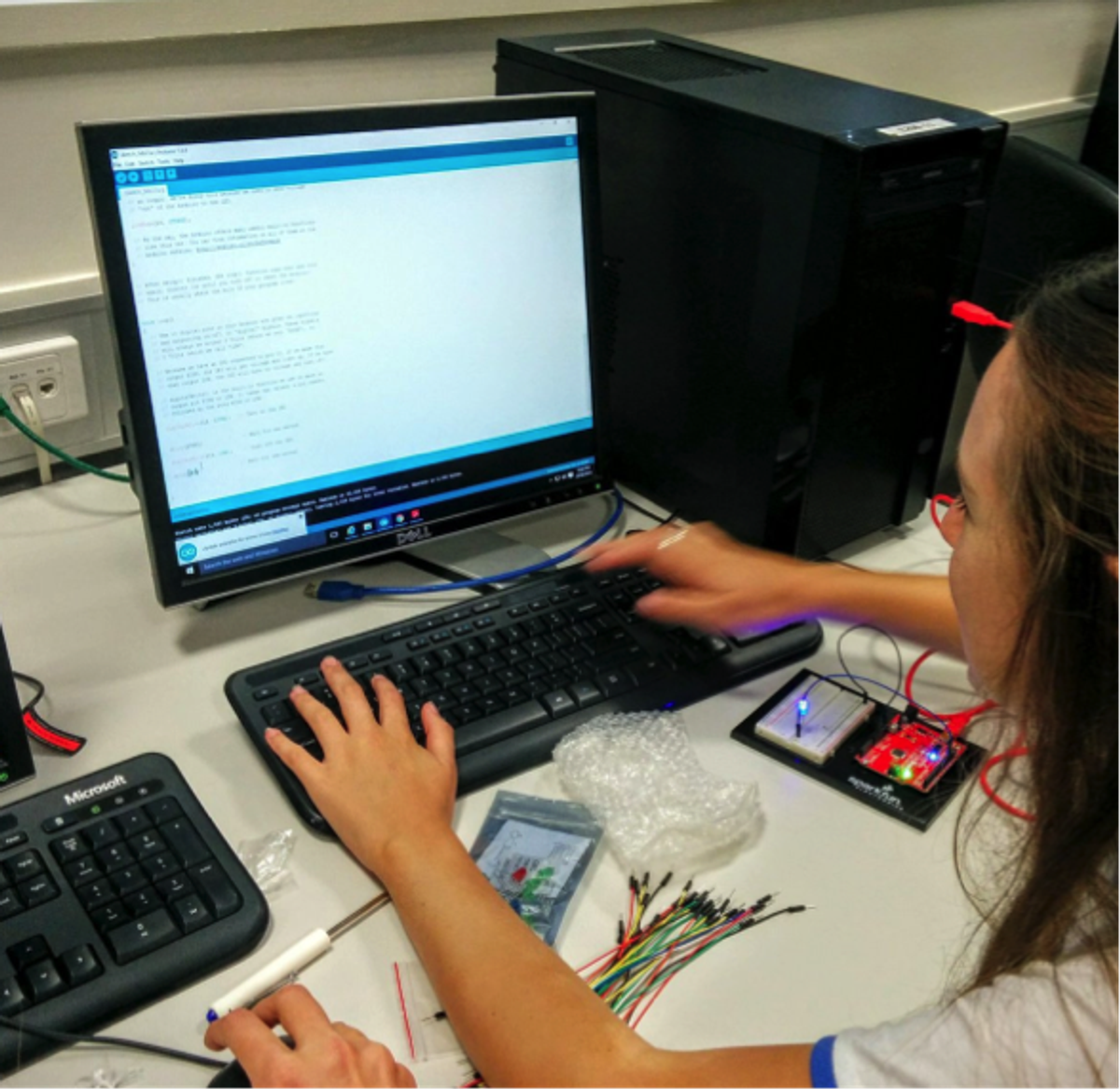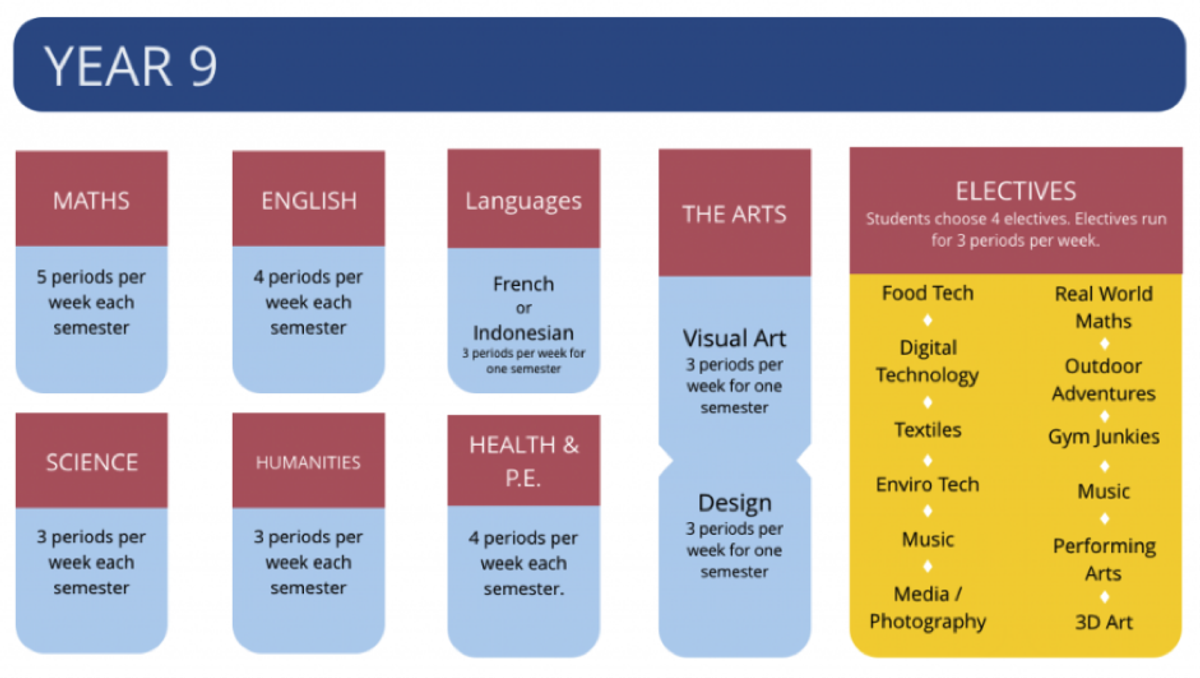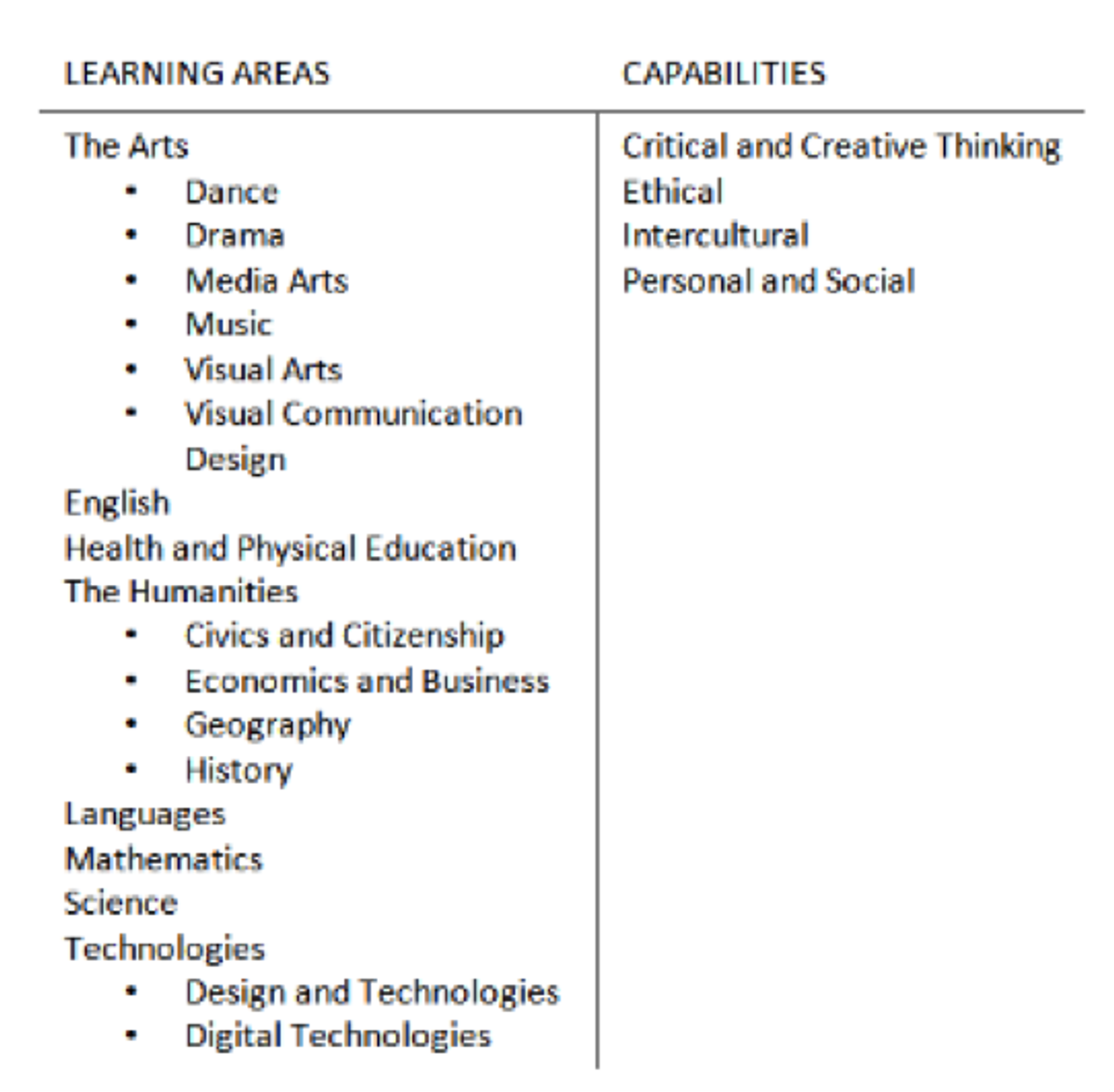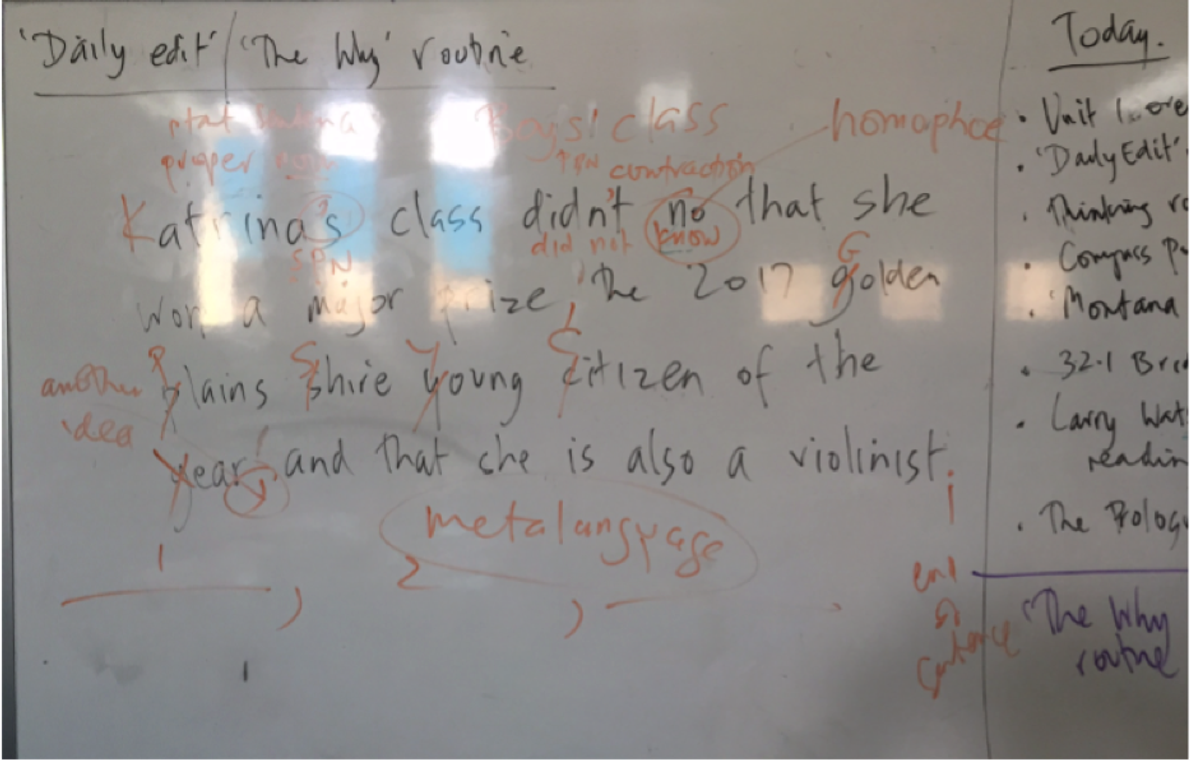Learning @MFG
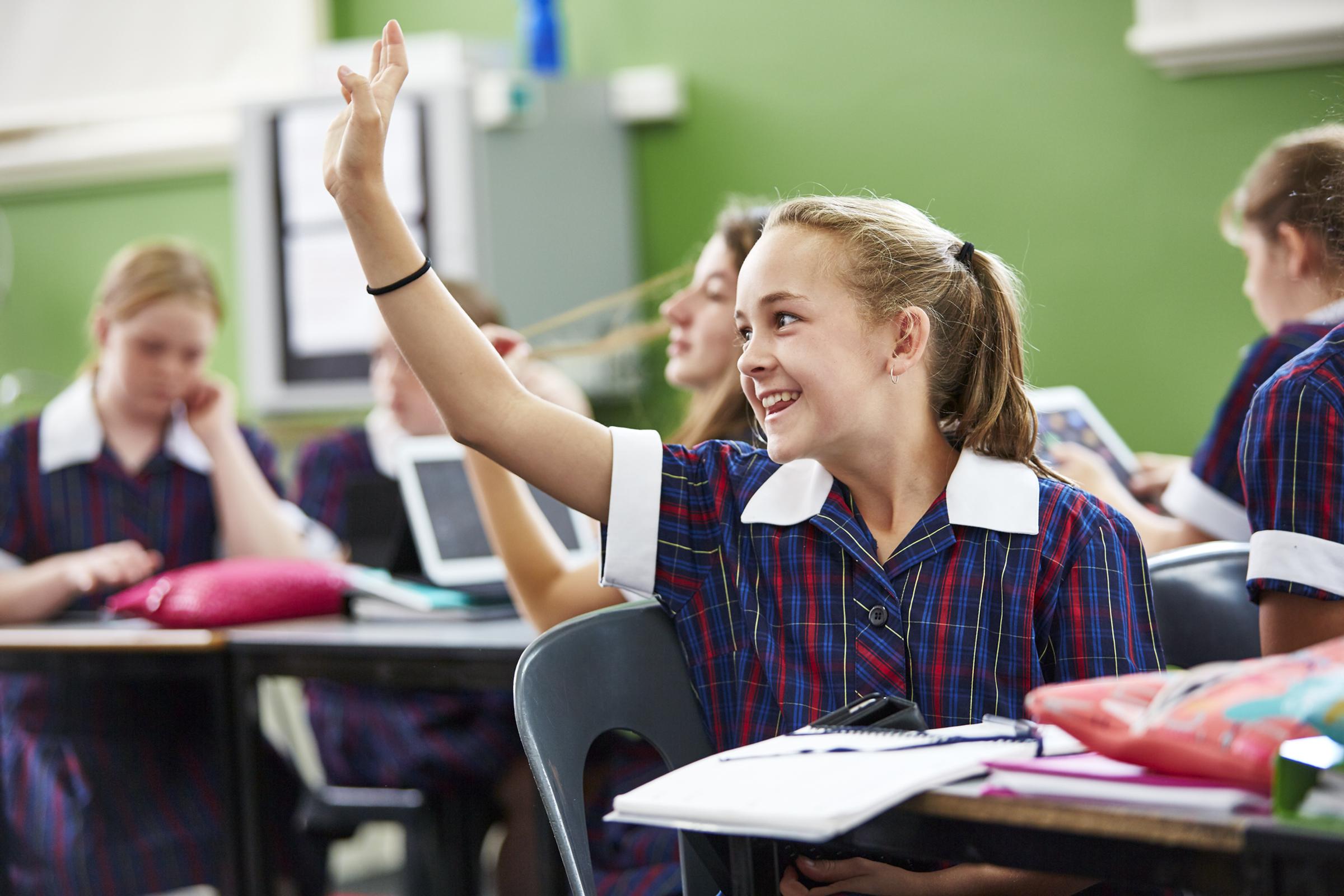
Making your children’s thinking ‘visible’: A few tips for Parents and Carers
- Develop a growth mindset.
A belief that intelligence and the ability to grow and develop over time - as opposed to something that is fixed and set - encourages greater risk taking, collaboration, enjoyment of challenge, long-term development, and continuous achievement in all types of learning endeavours (Carol Dweck, 2006). Develop a growth mindset in your child by focusing your praise on process, learning, and effort (You really worked hard on this and have learned a lot. You did a great job of developing a plan and following it through. You’ve really developed as a musician.), as opposed to ability (You’re so clever. Look how smart you are; you did that so fast. You’ve got a lot of talent).
You can support this change in mindset through the language we use. Here are some possible options to replace the fixed mindset:
2. Challenge but don’t rescue.
We learn a lot from making mistakes, pushing ourselves out of our comfort zone, and taking risks to try new things. Regularly encountering challenges, mistakes, and failure builds a growth mindset and develops intellectual resilience. When your child encounters difficulties, don’t jump in to solve the problem and rescue her. Instead, ask questions that will help her to think through the problem, identify, and choose a course of action for moving forward.
3. What questions did you ask today?
Our questions drive us as learners. When Isidor I.Rabi won the Nobel Prize in physics, he was asked, ''Why did you become a scientist, rather than a doctor or lawyer or businessman, like the other immigrant kids in your neighborhood?'' He replied, ''My mother made me a scientist without ever intending it. Every other Jewish mother in Brooklyn would ask her child after school: 'So? Did you learn anything today?' But not my mother. She always asked me a different question. 'Izzy,' she would say, 'did you ask a good question today?' That difference - asking good questions - made me become a scientist!''
© Ron Ritchhart, 2012
When your daughter gets home from school, ask her ‘What good questions did you ask today?’
I shared this article with some new parents at the end of 2016. It’s a very interesting read about that got me thinking about the other kinds of questions parents and carers can ask their children each day after school…
Term 1 2017 Student-Parent-Teacher Learning Conferences
Parent-Teacher-Student Conferences will be held on Tuesday 7h March between 12pm and 7pm on the Main Campus of the College. There will be no classes in the morning and your child is expected to attend the Conference with you.
Teachers will be having a short break between 2 and 2.15pm and a dinner break between 4.30 to 5.15pm so please do not bookings during these times. Information about this event will be posted through Compass and emailed to parents during the next couple of weeks.
There will be an information session about how to make a booking using Compass in the Multi-Purpose Room on the Main Campus on Monday February 27th between 5.30pm and 6.30pm in the Multipurpose Room. This session is especially aimed at parents of new Year 7 students but it will also give other parents an opportunity to ask specific questions relating to Compass and cover other topics likes how to view interim/progress reports and Learning Tasks, how to approve a student absence and some other features of Compass.
COMPASS at MFG
If you have tried to log into the Compass portal and are having difficulty please contact our ICT Technicians at school on 4243 0500. New parents and carers will receive information about Compass soon.
Compass: Push Notifications on phone
Compass now offers an additional communication method to email, print and SMS. Push Notifications allow you to send communications to iPhones, iPads and Android devices, with the Compass App installed.
Please note that only individuals who have installed the iOS or Android “Compass School Manager” native application and who have allowed notifications will receive these Push Notifications. If you would like to receive push notifications to your mobile device, please download the app and allow notifications.
Android users can download the app on Google Play and iPhone and iPad users can download the app from the App Store.
Digital Technologies and Coding at MFG
The new Victorian curriculum which is being implemented in government and Catholic schools this year, including Matthew Flinders Girls, includes a strong focus on science, technology, engineering and mathematics (STEM) skills.
One of the new learning areas, Digital Technologies, focuses on developing students’ computational skills and their thought processes in order to unravel problems, and then design and generate digital solutions.
We are proud that we have been offering an exciting Digital Technologies as an elective for two years now. In 2017, all of our Year 7 students will learn about Digital Technologies and our Year 9 students can study it as an elective.
The Labor Government is investing $125 million to create 10 Tech Schools (one in Geelong at the Gordon) which will provide a shared campus for students from neighbouring secondary schools in Geelong and the Bellarine to access leading edge technology and resources for STEM subjects.
http://www.premier.vic.gov.au/digital-curriculum-to-prepare-kids-for-jobs-of-tomorrow/
The Victorian Curriculum and the General Capabilities
http://www.education.vic.gov.au/Documents/about/educationstate/curriculum.pdf
http://victoriancurriculum.vcaa.vic.edu.au/
This year all schools officially implement the Victorian Curriculum. Our teachers have been using the Victorian Curriculum during 2016 to develop units of learning and learning experiences that reflect the Victorian Curriculum priorities and achievement standards.
The General Capabilities feature a new direction for learning with the introduction of Ethical understanding and Intercultural Understanding. Our Curriculum Committee are currently unpacking these capabilities, auditing where we are already teaching these and looking for possibilities for new directions and ways of teaching the understandings, skills and knowledge related to these areas.
Victorian Virtual Learning Network (VVLN) 2017
The 2017 Victorian Virtual Learning Network community is made up of 8 subject teachers;11 different VCE units; 46 schools around Victoria; 190 students studying at least one VCE subject with the VVLN. We have had a number of our students studying through the VVLN since 2015. This community enables our students to study some subjects online, with a dedicated teacher who they communicate with through Skype, that we do not offer at MFG or where class sizes are too small to enable a class to run.
Our involvement with the Victorian Virtual Learning Network continues into 2017 with a group of our students studying VCE Units through the VVLN.
- Unit 1-2 Physics = 4 students
- Unit 3-4 Physics = 4 students
- Unit 1-2 Spec Maths = 1 student
- Unit 3-4 Spec = 2 students
- Unit 3-4 Legal Studies = 4 students
- Unit 1-2 Maths Methods = 1 student
- Unit 3-4 Maths Methods = 1 student
Emma, one of our VVLN students, is also part of the VVLN’s promotional material!
Thinking Routines: a special kind of classroom routine
Teachers use different kinds of routines in their classrooms to guide and structure the learning for their students. Classroom routines tend to be explicit and goal-driven in nature. Their adoption usually represents a deliberate choice on the part of the teacher. Rather than emerging over time, classroom routines are more likely to be designed and taught overtly.
Thinking routines are simple structures, for example a set of questions or a short sequence of steps, that can be used across various year levels and subjects/content. What makes them routines is that they get used over and over again in the classroom so that they become part of the fabric of classroom' culture. The routines become the ways in which students go about the process of learning.
What makes these routines work to promote the development of a students’ thinking and the classroom culture are that each routine:
- Is goal oriented in that it targets specific types of thinking
- Gets used over and over again in the classroom
- Consists of only a few steps
- Is easy to learn and teach
- Is easy to support when students are engaged in the routine
- Can be used across a variety of context
- Can be used by the group or by the individual
At that beginning of each of my Year 11 English classes, the start of the lesson involves the ‘daily edit’ – the ‘Why routine’. This involves me writing a sentence on the board that contains some spelling, grammar and punctuation errors. The students spend the first minutes of the class, in pairs, editing the sentence and then I randomly ask my students for their edits.
What’s important about this routine is that it through my active questioning, it teaches the students a simple routine about providing answers and explanation. I convey to them how they need to talk about this particular task as well as my expectations for them. When I ask students for their edits, I begin to take a very slight pause, allowing students to jump in with their reasons on their own. Often students respond readily, but when I sense the justifications are not forthcoming, I prompt the student, “Why is that?”
As the weeks progress, more and more students take on the “why?” routine themselves.
Damien Toussaint, Assistant Principal, Learning and Teaching
